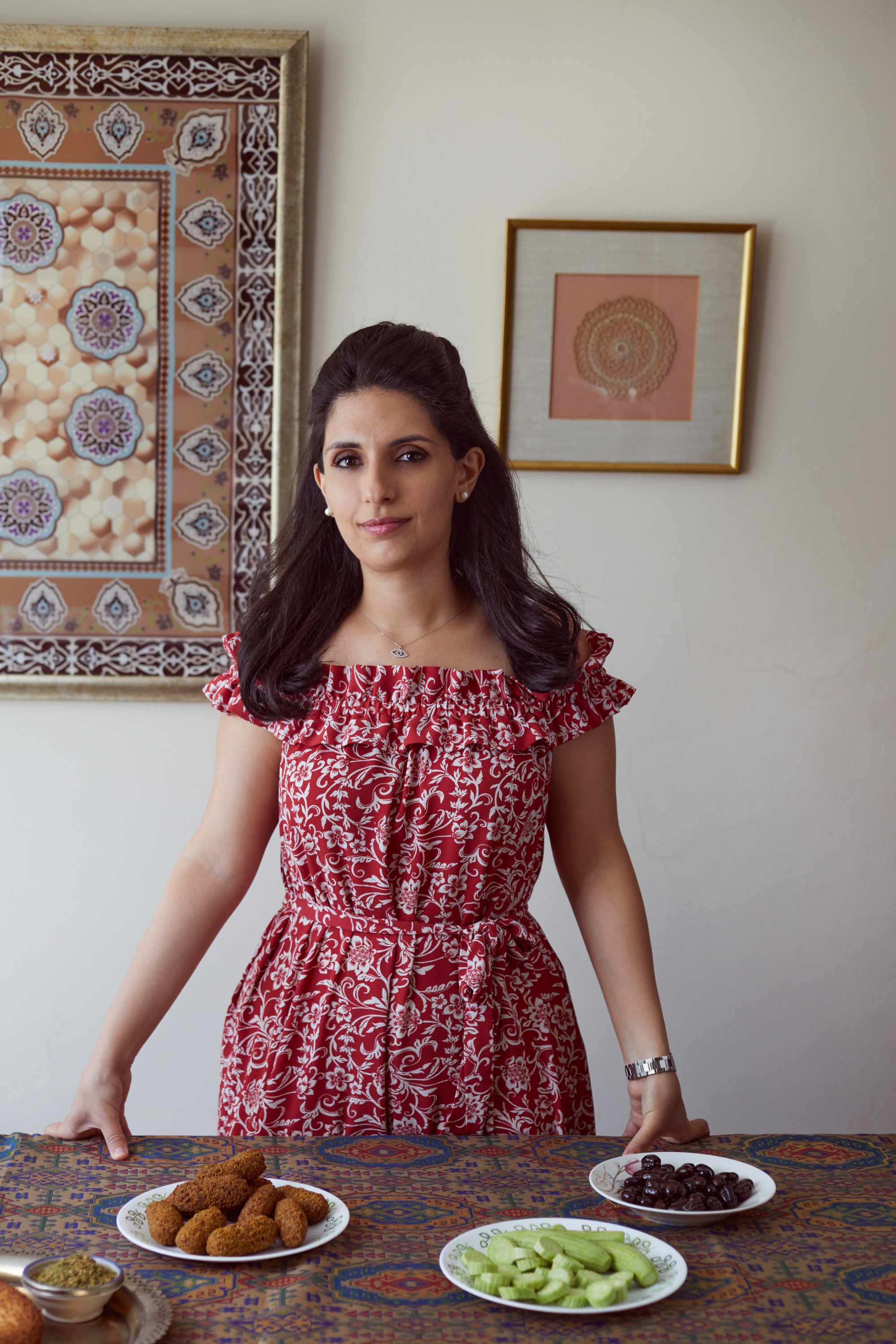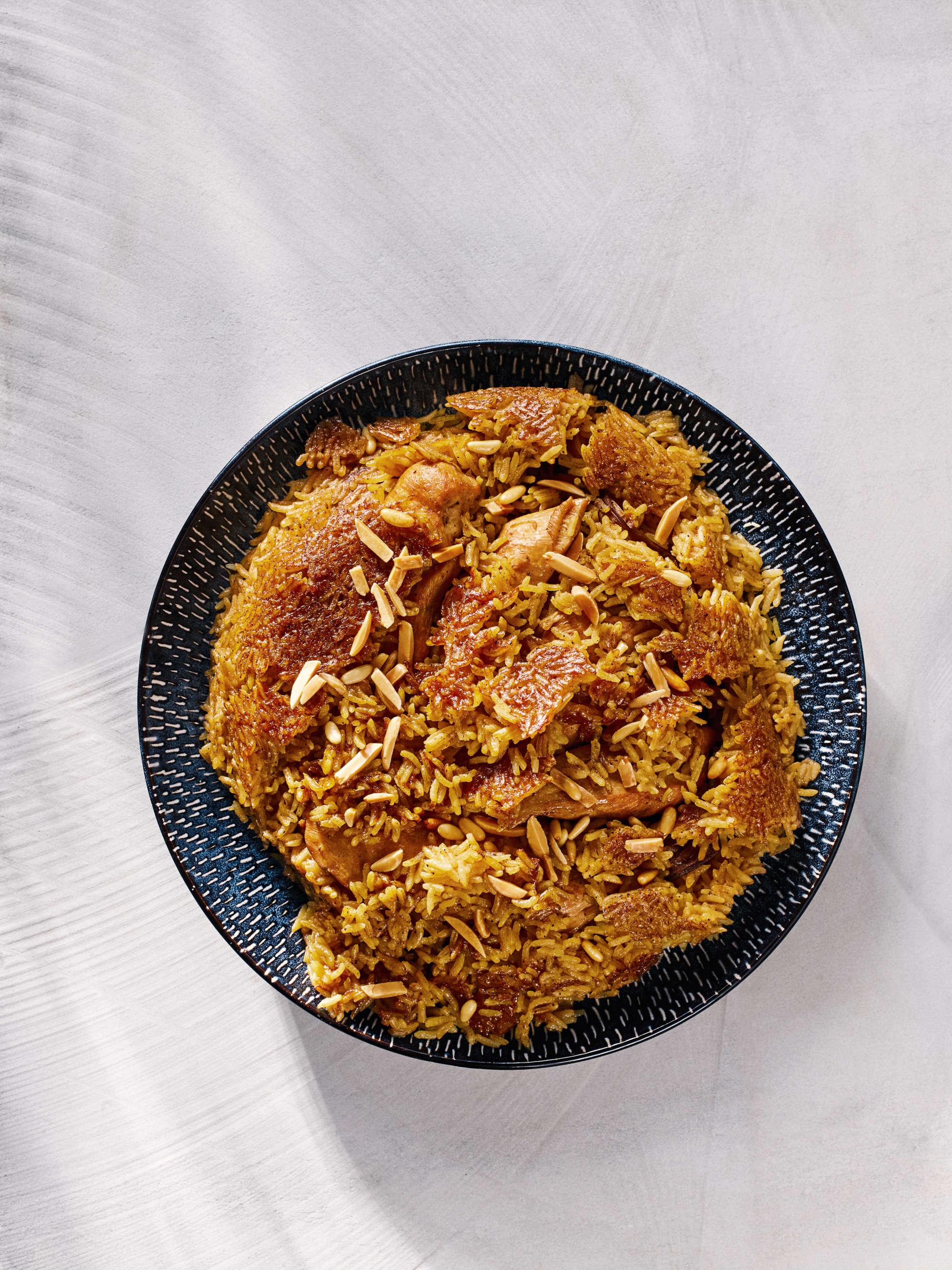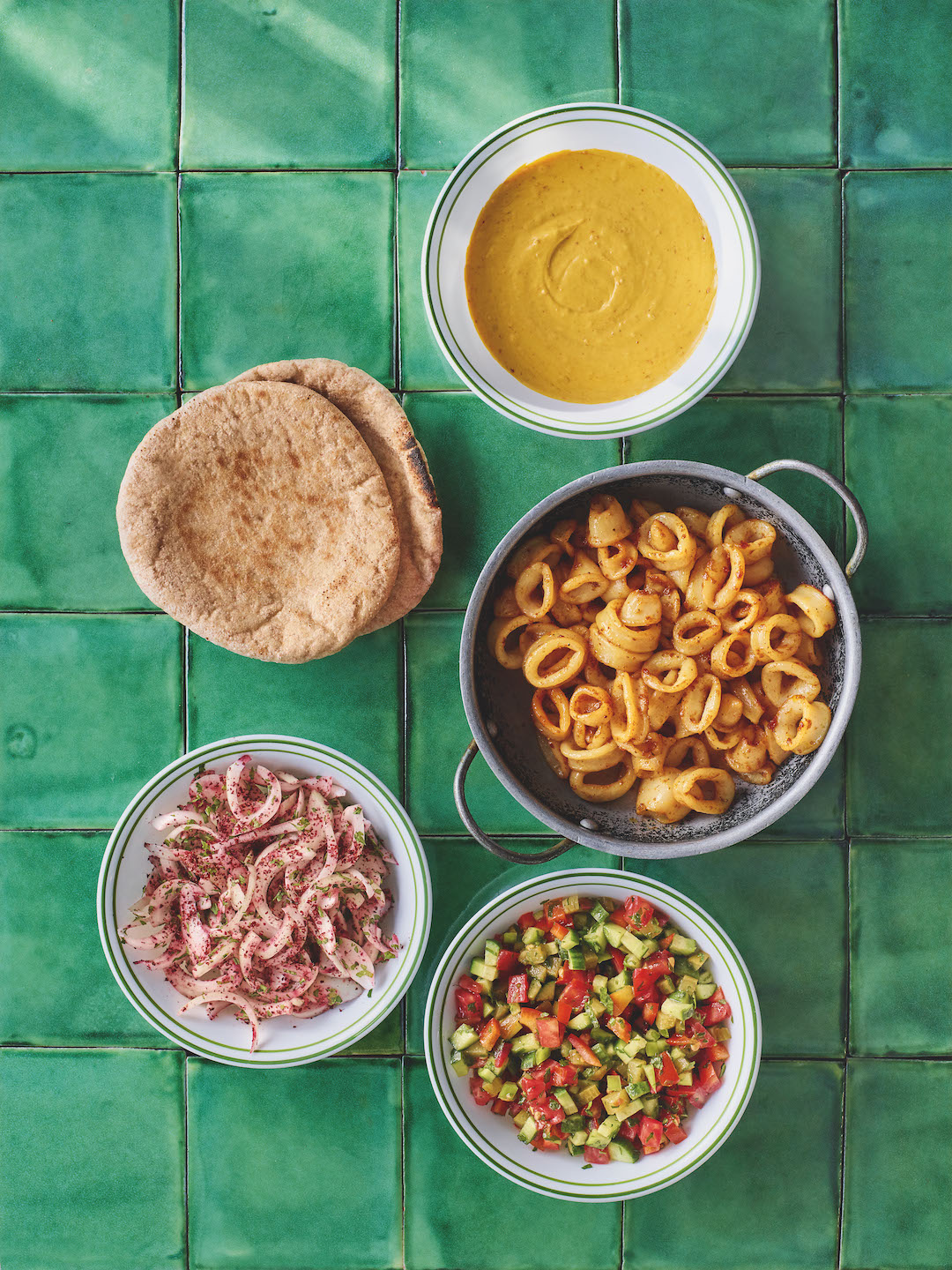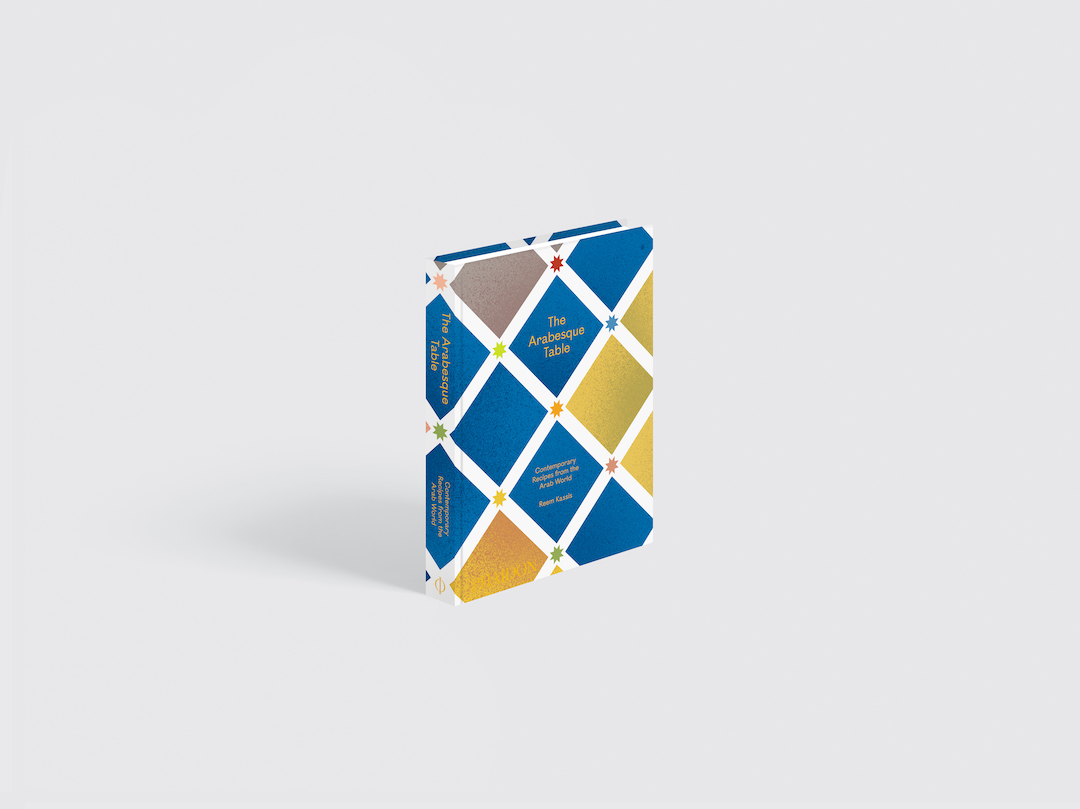
The hidden meanings in The Arabesque Table
Discover how a ballet position expresses Reem Kassis's view of her contemporary Arabian cookery
The title of Reem Kassis’s new book, The Arabesque Table, has dual meanings. “It’s Arab-esque, if you will - Arab-ish,” says the cook and author in a new interview with Canada’s National Post newspaper. “I wanted to write a book that showcased what it’s like to cook dishes that are modern; that are a fusion of different cuisines or different culinary cultures. But at the same time, not discount the importance of highlighting the origins and the history of these dishes.”
However, Arabesque is also a ballet position in which the dancer supports herself one one leg, with the other leg bent backwards, and the body leaning forwards. This is apt too, explains Kassis, “because I’m saying you need to be firmly rooted in the past to understand it and appreciate it, and have a solid grounding,” she explains. “But you’re also stretching out into the future.”

Kassis’s first book, The Palestinian Table, enabled Reem to establish that solid grounding, in which she set down many of her family’s treasured recipes. The Arabesque Table, meanwhile, stretches back into the past, noting how, for example, the Spanish use of almonds in their cuisine and the Italian dish panna cotta owe their origins to the Arabian diaspora.
Yet it also leans into the contemporary forces and trends of 2021 cookery, when everything seems to come from somewhere else. The Philadelphia-based author tells the paper that she serves traditional Arabian rice dishes such as maqlubeh alongside sushi when she feeds her six-year-old daughter, and that, when she cooks shawarma, her family will eat it with Mexican tortillas and guacamole.

“I started to see the national cuisines as the defined lines that you see in the pattern,” Kassis says. “But cuisine throughout time is the entire image: You cannot tell where it starts and where it ends.”
To trace the ongoing course of Arabian cuisine yourself, order a copy of The Arabesque Table here.
